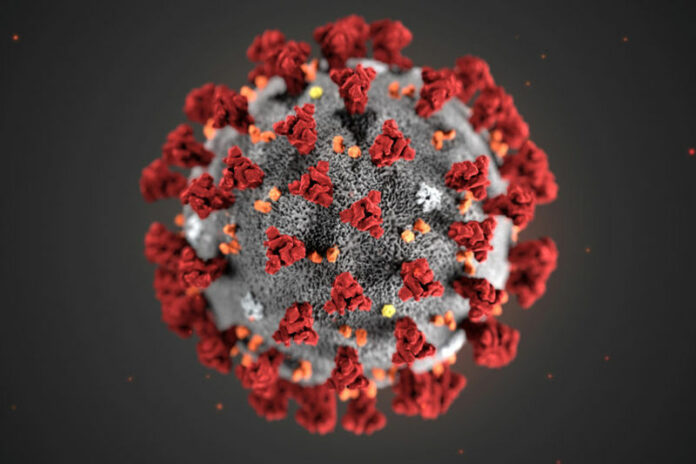Sonoma County’s COVID-19 case rate and testing positivity rates continue to decline and, according to Sonoma County Health Officer Dr. Sundari Mase, the state is expected to adjust the orange tier case rate metric once 4 million doses of vaccine have been delivered to the most disadvantaged communities, meaning the county may be able to move into the orange tier of the state’s Blueprint for a Safer Economy within the next two to three weeks.
The county’s current adjusted case rate per 100,000 is 5.6.
Testing positivity is at 2.3% and testing positivity in the lowest quartile of the Healthy Places Index is at 3.4%, figures that are both in the orange tier metric.
Currently, counties need to be below four cases per 100,000 in order to move into the orange tier, however, that metric might change to 6 if vaccine distributions to the most disadvantaged zip codes in California continue to increase.
“Thankfully we’re continuing to see a decrease in our numbers. This is a welcome sign because it means that as we reopen more of our economy people are still taking precautions and we’re not seeing a resurgence in COVID-19 cases,” Mase said. “The state will again adjust the orange tier adjusted case rate metric to six once 4 million doses of vaccine have been delivered to the most disadvantaged communities, which hopefully can be accomplished in the next two weeks.”
While the shorter-term outlook for federal vaccine allocations to the state doesn’t look too robust, State Sen. Mike McGuire, D-Healdsburg, says the long-term outlook for vaccine supply looks “incredibly promising.”
“The federal government is now asking the state of California in all regions to be able to prepare for 4 million vaccines per week. We anticipate that those 4 million vaccines per week will hit the state of California from the federal government May and or into June,” McGuire said.
He added that for the first time since the start of this pandemic he can firmly say that there is light at the end of the tunnel.
“We’ve been meeting with all counties including the amazing team here from Sonoma and all counties throughout the north coast every other week ensuring that county vaccination plans will be submitted to the state by the end of March. Sonoma County is leading the pack. They are the first to be able to get their expanded vaccination plan into the state of California,” McGuire said.
McGuire said the next three-week vaccination allocation forecast is fairly flat.
This week the state is receiving about 1.8 million vaccination doses. For the week of March 28, the state anticipates receiving around 1.82 million doses.
The week of April 4 is expected to see a federal allocation of a little over 1.8 million.
“The allocations that I stated above don’t include the direct allocations that Walgreens and CVS pharmacies. Some federally qualified health centers are also receiving their own allocation from the federal government, so the actual number of doses into the state is higher than that 1.8
million that I stated above that the state receives directly from the feds,” McGuire said.
About half of all Californian’s ages 65 and up have now received at least one dose of vaccine and yesterday the state reached the 15 million vaccine doses administered mark.
Percentage wise, about 33% of all adults statewide have received at least one dose.
McGuire said while things are improving there is still a lot of work ahead, and both he and Mase emphasized the need to continue to adhere to COVID smart hygiene measures such as mask wearing and social distancing.
Vaccination progress locally also continues to improve.
According to the county’s vaccine officer, Dr. Urmila Shende, as of March 23 the county has administered 255,259 vaccine doses — 72,666 residents are partially vaccinated, and 94,042 residents are fully vaccinated.
These means around two out of every five residents aged 16 and older have received at least one dose.
Additionally, a new vaccine clinic in Roseland is now open and is serving a key role in the county’s vaccine equity strategy, bringing the vaccine directly to the Latinx community, which has disproportionately been affected by COVID-19 and has experienced the worst outcomes of the pandemic.
Even as vaccination efforts ramp up, Mase urged folks to continue to get tested if they feel they have any of the symptoms, have been exposed to the virus, or simply just haven’t been tested in a while.
Appointments are available via county partners and OptumServe.
48.9
F
Healdsburg
April 20, 2025








